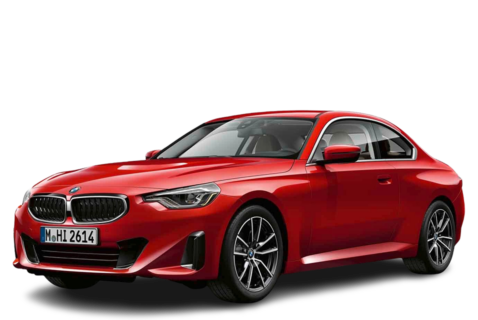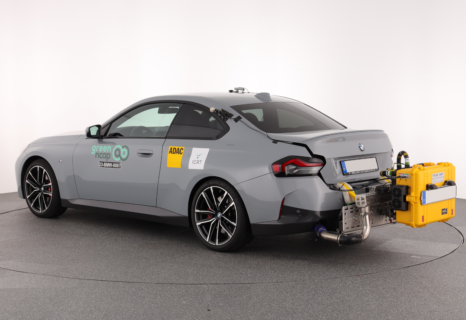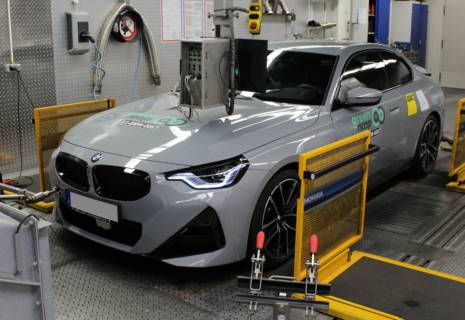BMW 2 Series Coupé 220d diesel RWD automatic
2023
55%
7.6
10
Clean Air Index
5.2
10
Energy Efficiency Index
3.5
10
Greenhouse Gas Index
| Laboratory Tests | NMHC | NOX | NH3 | CO | PN | |
|---|---|---|---|---|---|---|
| 8.610 | Cold Test | |||||
| 8.310 | Warm Test | |||||
| 5.710 | Highway | |||||
| 6.510 | Cold Ambient Test | |||||
| Road Test | ||||||
| 8.510 | On-Road Drive | |||||
| 3.65 | On-Road Short Trip | |||||
| 3.68 | On-Road Heavy Load | |||||
| 4.65 | On-Road Light Load | |||||
| 1.02 | Congestion | |||||
| Laboratory Tests | Energy | |||
|---|---|---|---|---|
| 6.010 | Cold Test | |||
| 5.810 | Warm Test | |||
| 4.110 | Highway | |||
| 3.610 | Cold Ambient Test | |||
| Consumption | Driving Range | |||
| Average | 5.4l100 km | 954km | ||
| Worst-Case | 6.6l100 km | 770km | ||
| Greenhouse Gases | CO2 | N2O | CH4 | |
|---|---|---|---|---|
| 4.310 | Cold Test | |||
| 4.010 | Warm Test | |||
| 2.510 | Highway | |||
| 1.110 | Cold Ambient Test |
Specifications
- Tested Car WBA11CN0908C5XXXX
- Publication Date 06 2023
- Vehicle Class Small Family Car
- Emissions Class Euro 6d AP
- Tyres 225/45 R18
- Mass 1,627 kg
- Engine Size 1,995 cc
- Power/Torque 140 kW/400 Nm
- Declared CO2 121 g/km
- Declared Consumption 4.6 l/100 km
- Heating Concept Waste heat








































































































































Our verdict
Tested here is the BMW 220d – a sporty Coupé targeting the enthusiastic driver. The BMW impresses with its performance in the Clean Air Index, especially with its highly efficient and robust control of particle emissions. In the more challenging tests, NOx emissions are slightly elevated but remain well below under Green NCAP's thresholds. The vehicle makes excellent use of its diesel powertrain in terms of efficiency. Despite the high power and weight, the BMW needs only about 5 litres per 100 km in the Cold and Warm Lab Tests, 4.8 l/100 km in the standard On-Road Drive and 6.3 l/100 km in the Highway Test. As is typical for diesel powertrains, the 220d emits higher amounts of the climate damaging gas N2O. These are counted with their global warming potential into the Greenhouse Gas Index results. With an Average Score of 55%, the BMW 220d Coupé collects 3 Green Stars.